We may not know everything about the history of mankind, but one thing we can be sure of is that women have been giving birth since the dawn of time.
Unfortunately, giving life would often result in the death of the mother or baby in the olden days, and birth practices weren't nearly as sophisticated as they are today.
Today many women give birth with lots of medical support, in a hospital or birthing center.
However, while most women opt for the security of a hospital, there are still many women who prefer a more old-fashioned birth, laboring at home with minimal medication and lots of family support.
Some women even take the theme one step further and choose to have a water birth, like this brave mom did.
Doctors note that most water births are safe for uncomplicated pregnancies.
However, a recent report by the CDC explains that neglecting one small detail — where the water comes from — can make water births deadly for newborns.
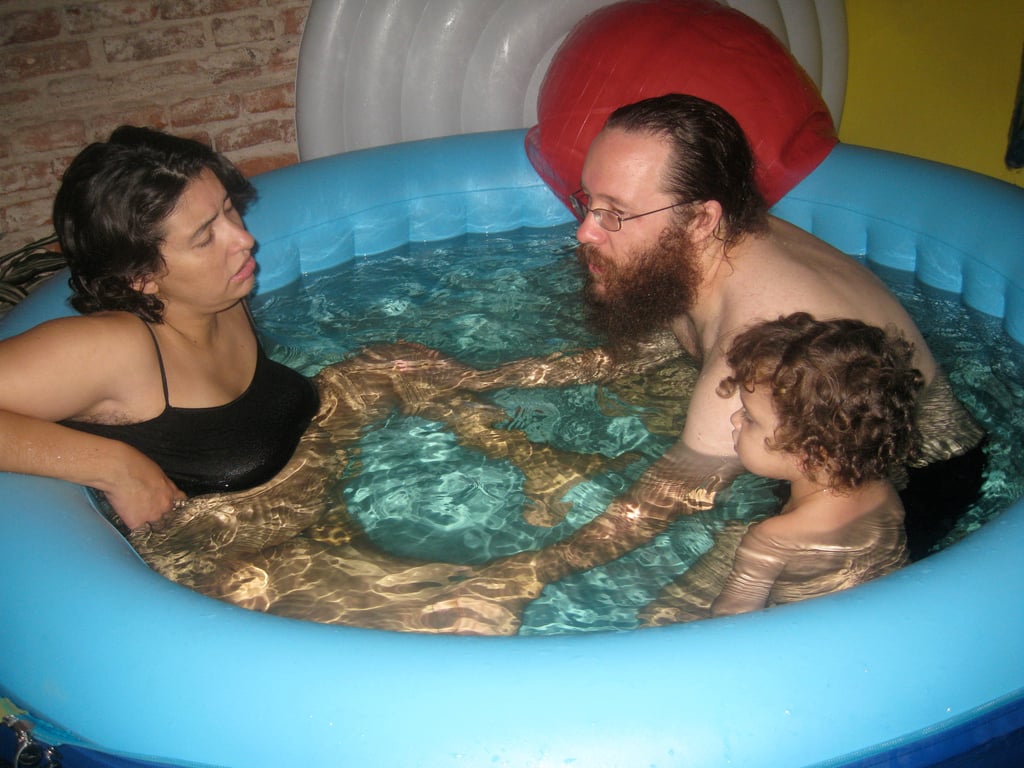
According to the American Pregnancy Association, a water birth is:
The process of giving birth in a tub of warm water. Some women choose to labor in the water and get out for delivery. Other women decide to stay in the water for the delivery as well. The theory behind water birth is that since the baby has already been in the amniotic fluid sac for nine months, birthing in a similar environment is gentler for the baby and less stressful for the mother.
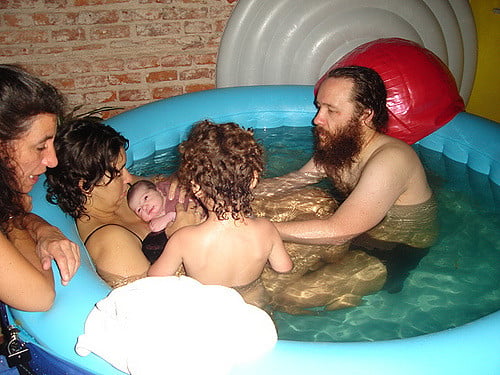
However, recent studies indicate that some water births may actually be putting babies in danger.
The Washington Post reported that there have recently been two water births in Arizona that resulted in the contraction of Legionnaires' disease by the newborn.
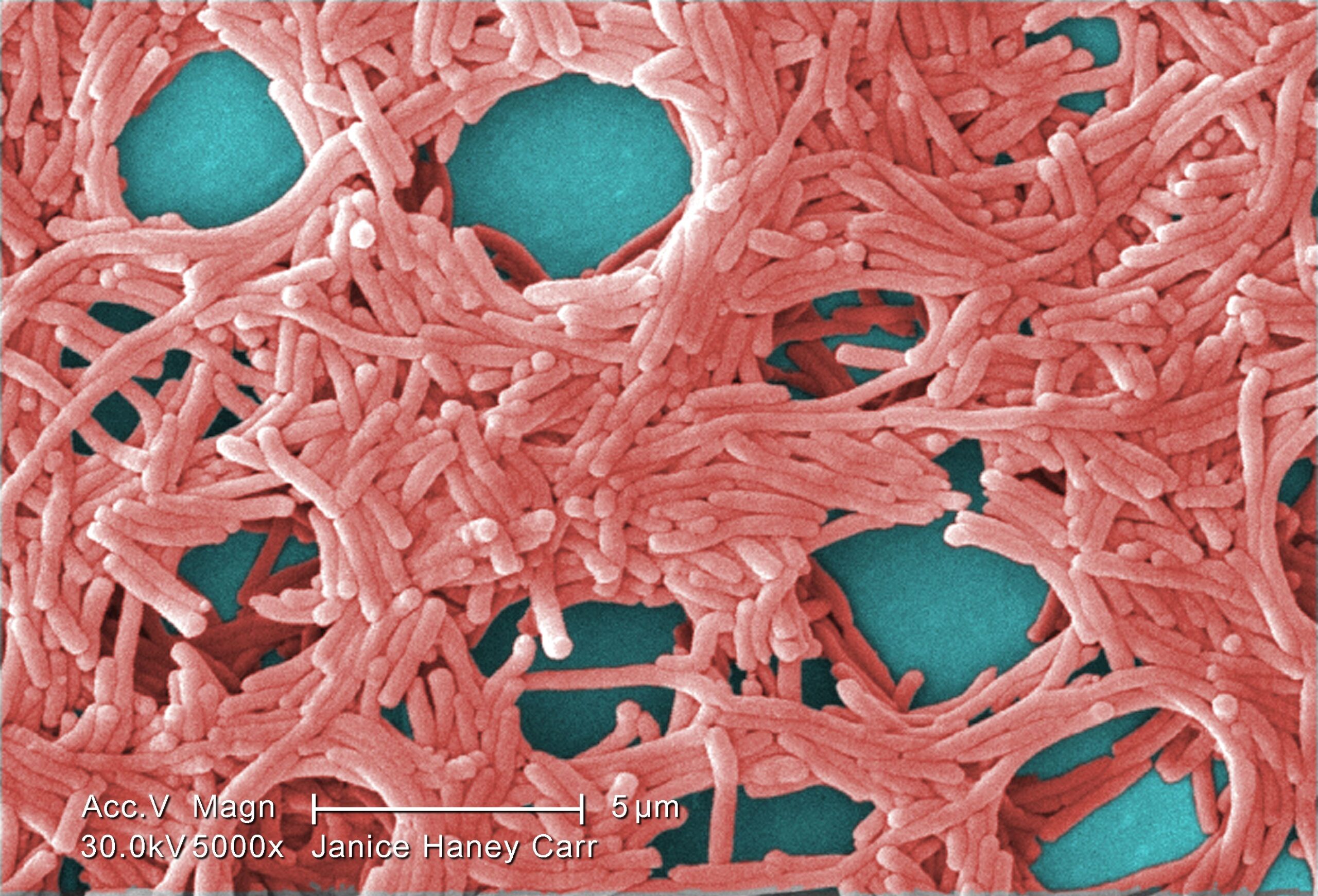
Legionnaires' disease is a type of infectious pneumonia that effects the lungs and can be fatal for young children or the elderly.
It is caused by inhaling Legionella bacteria, which thrive in warm and hot water.
Legionella is often found in air-conditioning units and hot tubs, but warm birthing pools are also literal hot spots that are very hospitable for the bacteria.
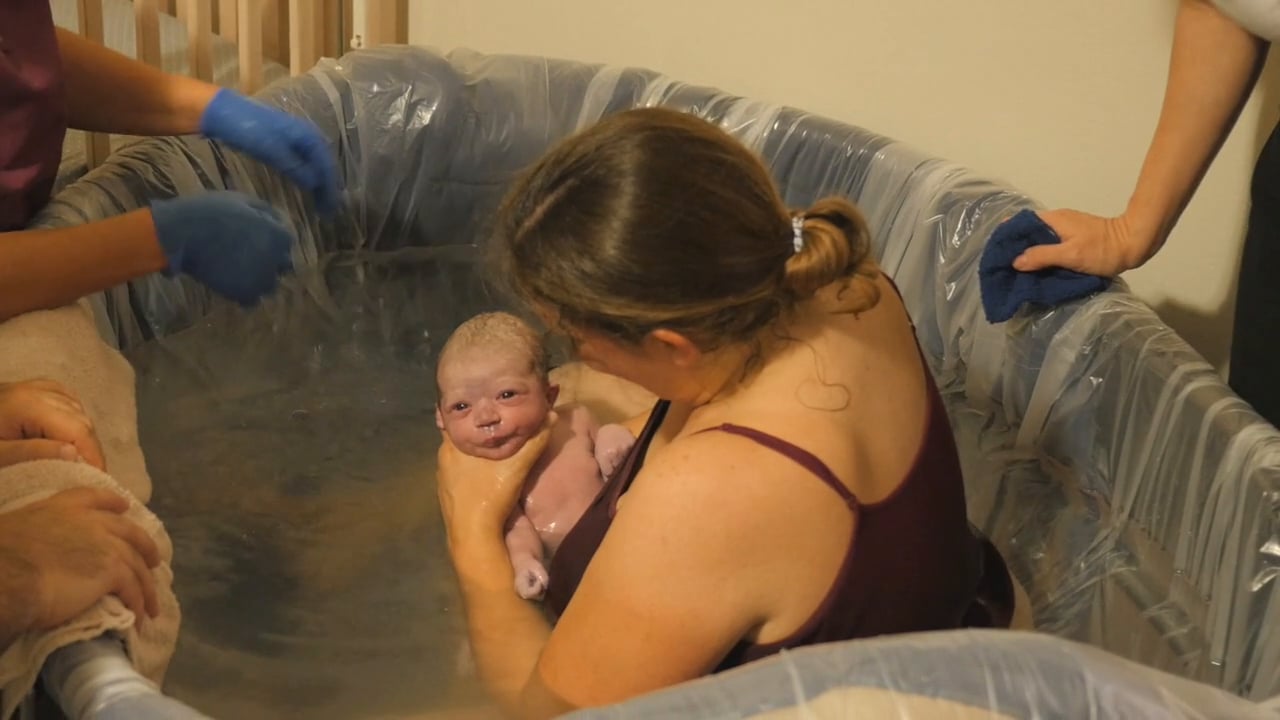
In most cases, people exposed to Legionnaires' don't develop symptoms.
That's because the bacteria can usually only take hold in someone with a compromised immune system.
That means that a mom giving birth in a tub is likely to be fine, because her immune system is more developed than her newborn's.
But a newborn delivered into the water might come in contact with the bacteria and get sick, because his immune system isn't fully developed yet.
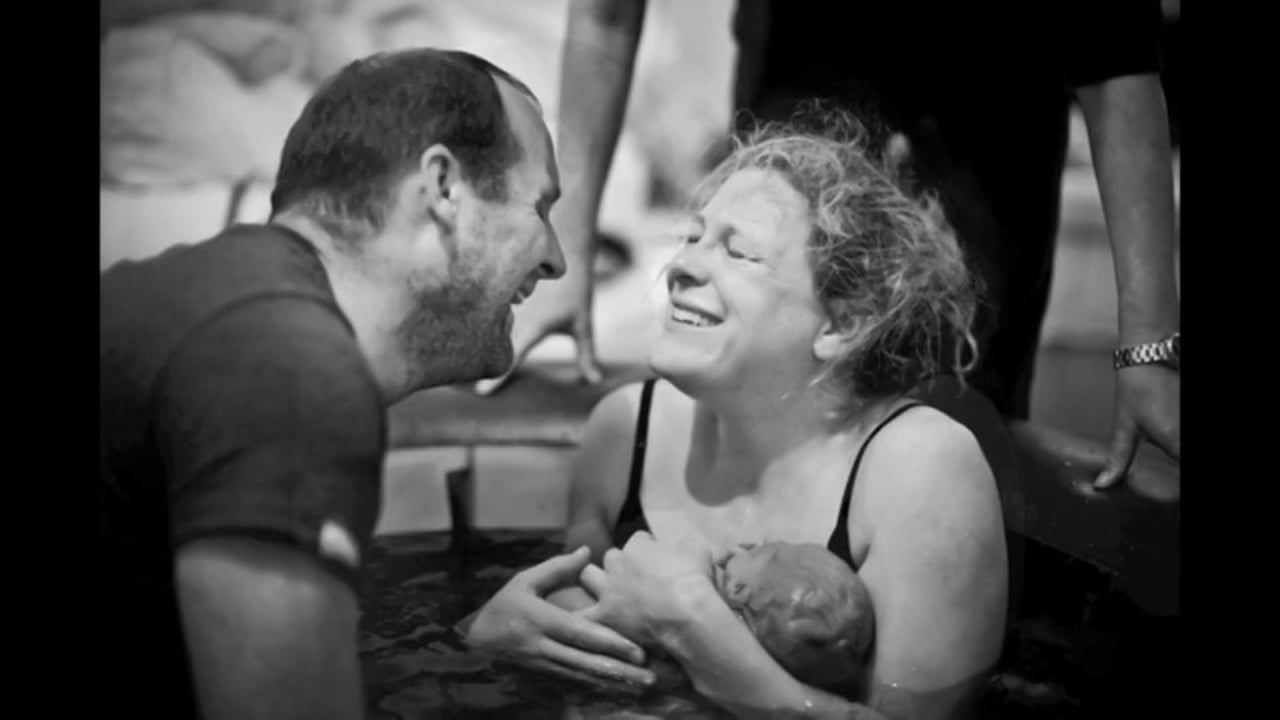
Fortunately, the two babies in Arizona were treated with antibiotics and are doing just fine.
Naturally, the two sets of parents had no idea they were putting their child at risk.
Both instances happened in the same county in Arizona, leading experts to believe that there were issues with the problematic Legionella bacteria living in the plumbing.
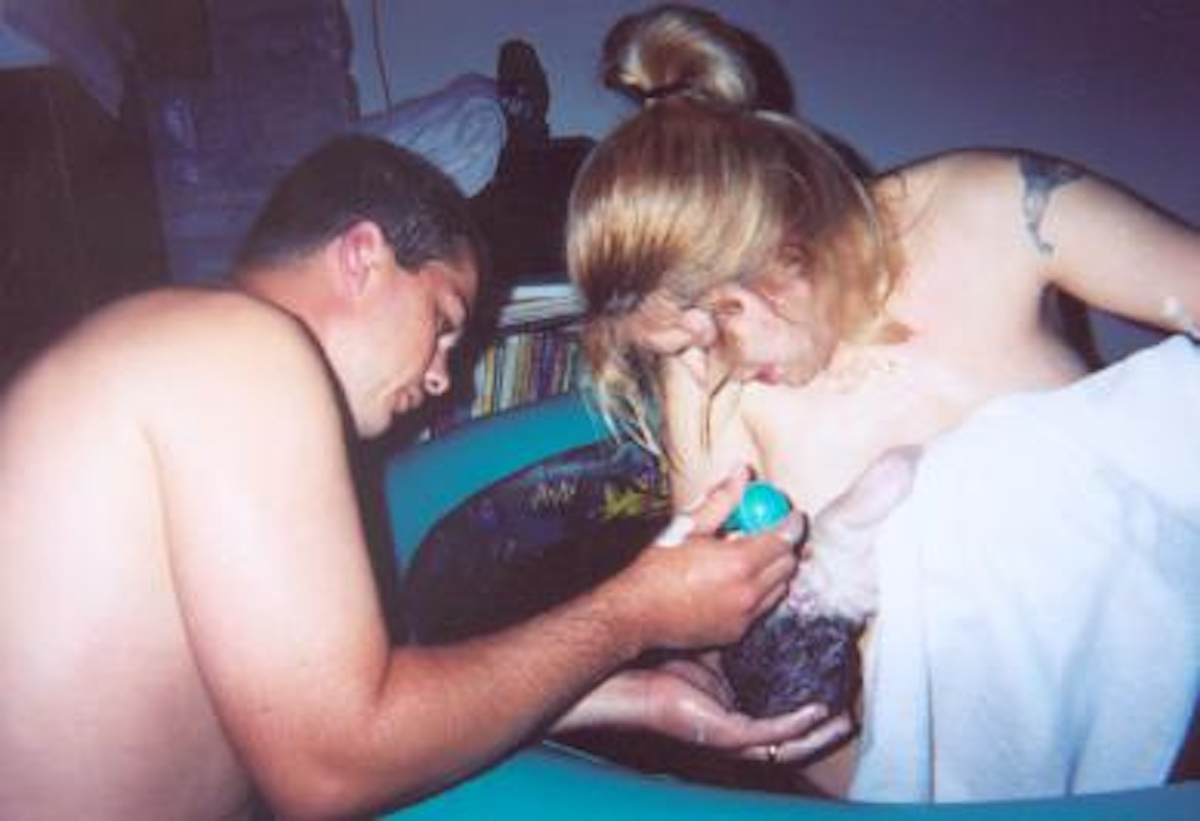
The CDC notes that all parents considering a water birth must take necessary precautions to make sure they aren't accidentally creating a bacteria haven.
To keep a birthing tub sanitary:
- Have your water source tested for Legionella bacteria.
- If possible, use sterilized water or sterilize your tap water.
- If you must use tap water, let it run on hot for three minutes to clear out bacteria.
- Fill the tub immediately before labor, and change water frequently to keep bacteria from breeding.
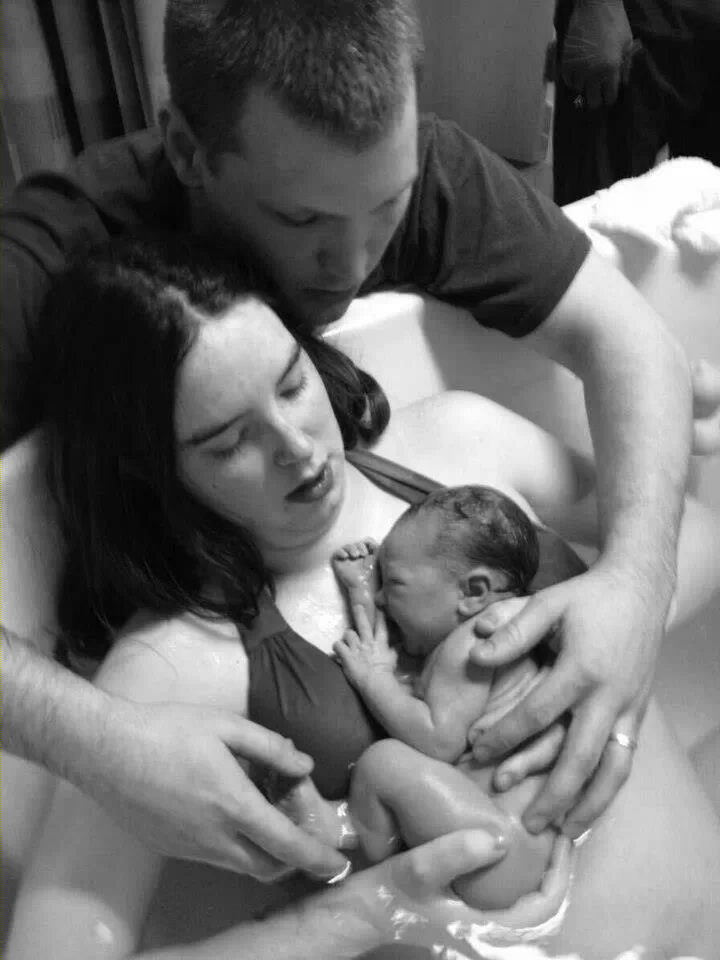
If you are considering a water birth, it would be best to have your tap water or planned water source tested about a month ahead of the due date, to make sure everything is in tip-top shape for the big day.
You may want to get experts to do this, or purchase an at-home test kit.
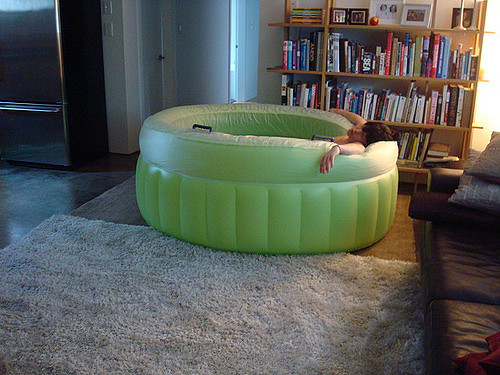
This goes without saying, but you should also take all the necessary steps to sanitize and prepare the pool properly.
Water births certainly have their benefits for those who are interested, but expectant parents should take every precaution to make sure they aren't putting their baby or themselves at risk.
Please SHARE this information with your friends and family on Facebook!




